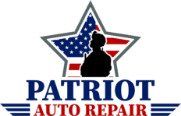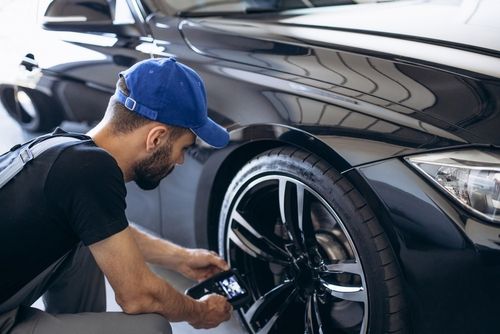Tire rotations are a critical aspect of regular vehicle maintenance that often goes overlooked. Ensuring even tire wear is essential for maximizing tire life and maintaining optimal vehicle performance. When tires wear unevenly, it can lead to several issues that impact not only the tires but also the overall safety and efficiency of your vehicle.
Why Tire Rotations Matter
Tires wear at different rates depending on their position on the vehicle. For instance, front tires often wear out faster than rear tires due to the added weight and stress from steering and braking. By rotating your tires regularly, you distribute the wear more evenly across all four tires. This can extend the life of your tires, ensuring you get the most out of your investment.
Effects of Uneven Tire Wear
Uneven tire wear can significantly affect your vehicle's performance. Here are some key areas impacted by improper tire condition:
- Handling and Stability: Worn-out tires can cause your vehicle to handle poorly, especially in adverse weather conditions. Uneven tire wear can lead to a less stable ride, increasing the risk of accidents.
- Fuel Efficiency: Tires that are not properly maintained can increase rolling resistance, which means your engine has to work harder. This can lead to decreased fuel efficiency and higher fuel costs.
- Tire Longevity: Failing to rotate your tires regularly can result in premature tire replacement. Uneven wear can cause some tires to wear out much faster than others, meaning you'll need to replace them more frequently.
- Ride Comfort: Uneven tire wear can lead to vibrations and a less comfortable ride. This not only affects your driving experience but can also put additional stress on your vehicle's suspension system.
When to Rotate Your Tires
Experts recommend rotating your tires every 5,000 to 7,500 miles, but the specific interval can vary depending on your vehicle type, driving habits, and the tires themselves. Here are some key points to consider when determining the best schedule for tire rotations:
- Owner's Manual: Always start with your vehicle’s owner’s manual. The manufacturer provides guidelines tailored to your specific vehicle, which can help ensure you’re following the best practices for tire maintenance.
- Tire Type and Tread Pattern: Different tires and tread patterns may require different rotation patterns. For example, directional tires, which are designed to rotate in one direction, need a specific rotation method compared to non-directional tires.
- Driving Conditions: If you frequently drive in harsh conditions—such as off-road, in heavy traffic, or on rough terrain—you might need to rotate your tires more frequently. These conditions can cause tires to wear out faster, making regular rotations even more critical.
- Front-Wheel Drive (FWD), Rear-Wheel Drive (RWD), All-Wheel Drive (AWD): The drivetrain of your vehicle also affects how quickly your tires wear. For instance, front-wheel-drive vehicles often see more wear on the front tires due to the combined weight of the engine and the steering demands. In contrast, rear-wheel-drive vehicles may experience more balanced wear but still benefit from regular rotations. All-wheel-drive vehicles, which distribute power to all four wheels, may have more even tire wear but still require regular rotations to maintain optimal performance.
- Visual Inspection: Regularly inspect your tires for uneven wear patterns. If you notice that the tread on one or more tires is significantly more worn than on others, it might be time for a rotation, even if you haven't hit the mileage mark.
- Scheduled Maintenance: Align your tire rotations with other scheduled maintenance tasks. For instance, rotating your tires during every oil change can simplify your maintenance routine and ensure that you never miss a rotation.
The Importance of Investing in Regular Tire Rotations
Investing in regular tire rotations is a simple yet effective way to ensure your vehicle performs at its best. Not only does it promote even tire wear, but it also enhances handling, fuel efficiency, and overall ride comfort. For professional tire repair and tire service, trust a reputable auto repair shop to keep your tires in top condition.
By maintaining your tires properly, you can enjoy a smoother, safer ride while extending the life of your tires. Prioritize tire rotations as part of your regular vehicle maintenance routine, and you'll reap the benefits in the long run.

